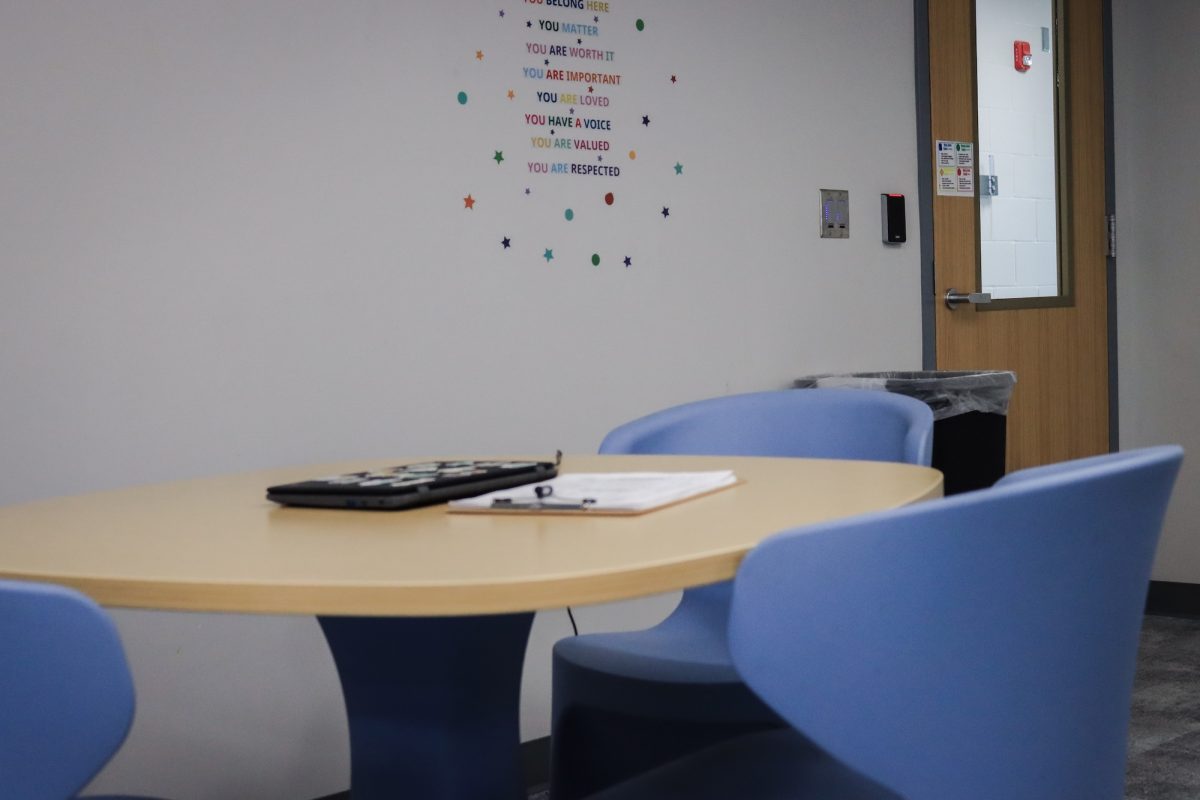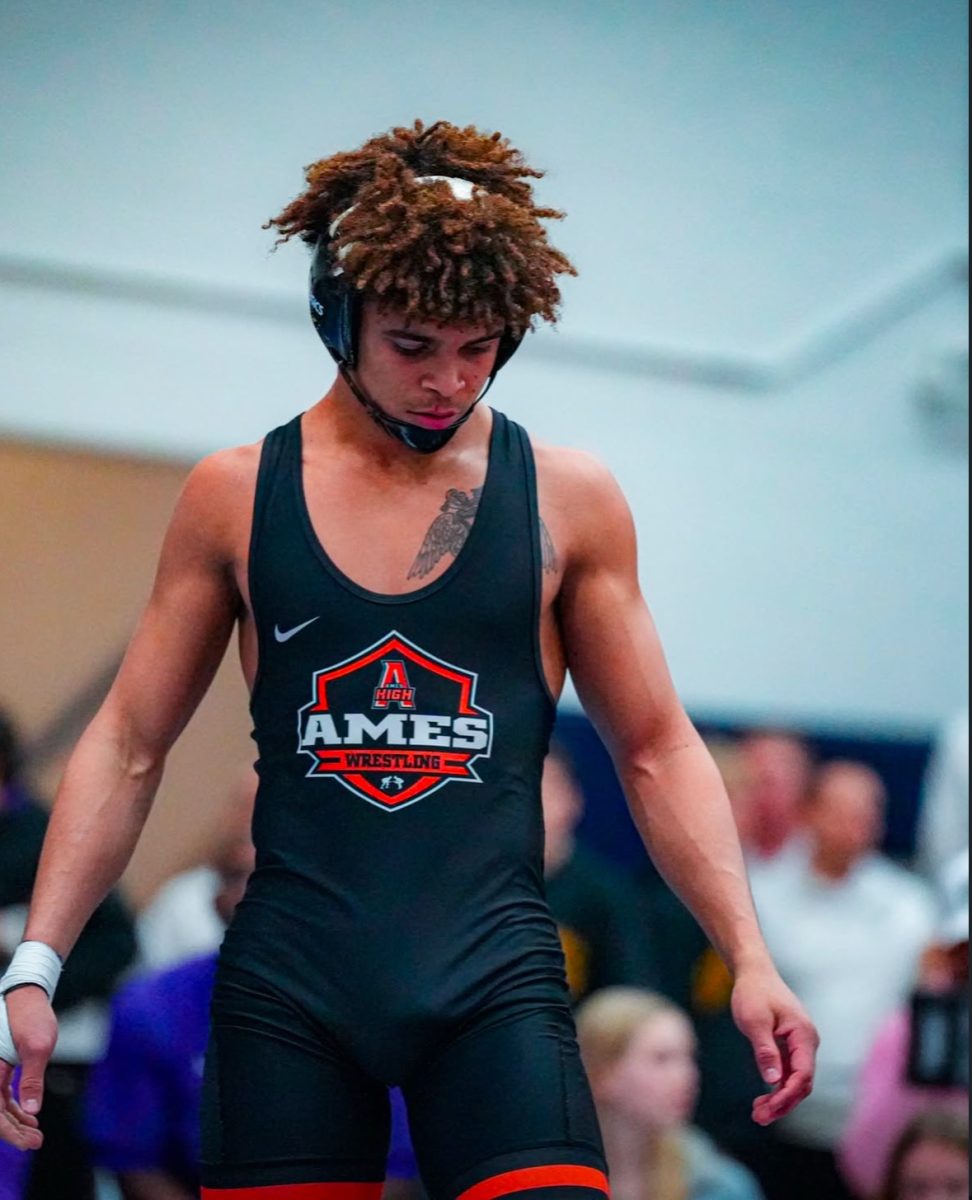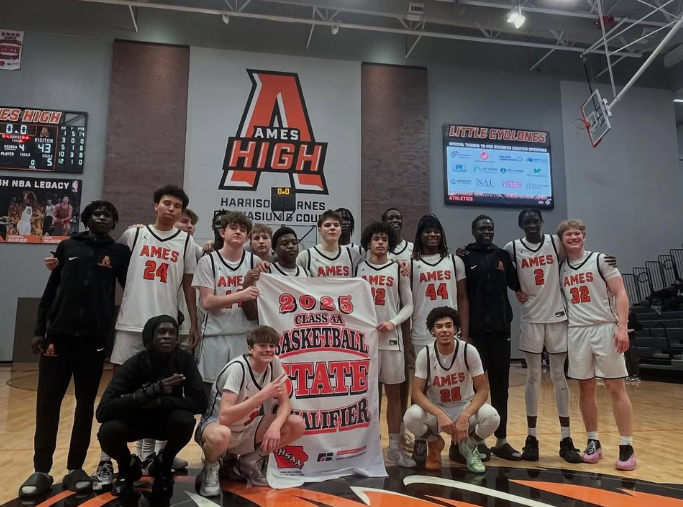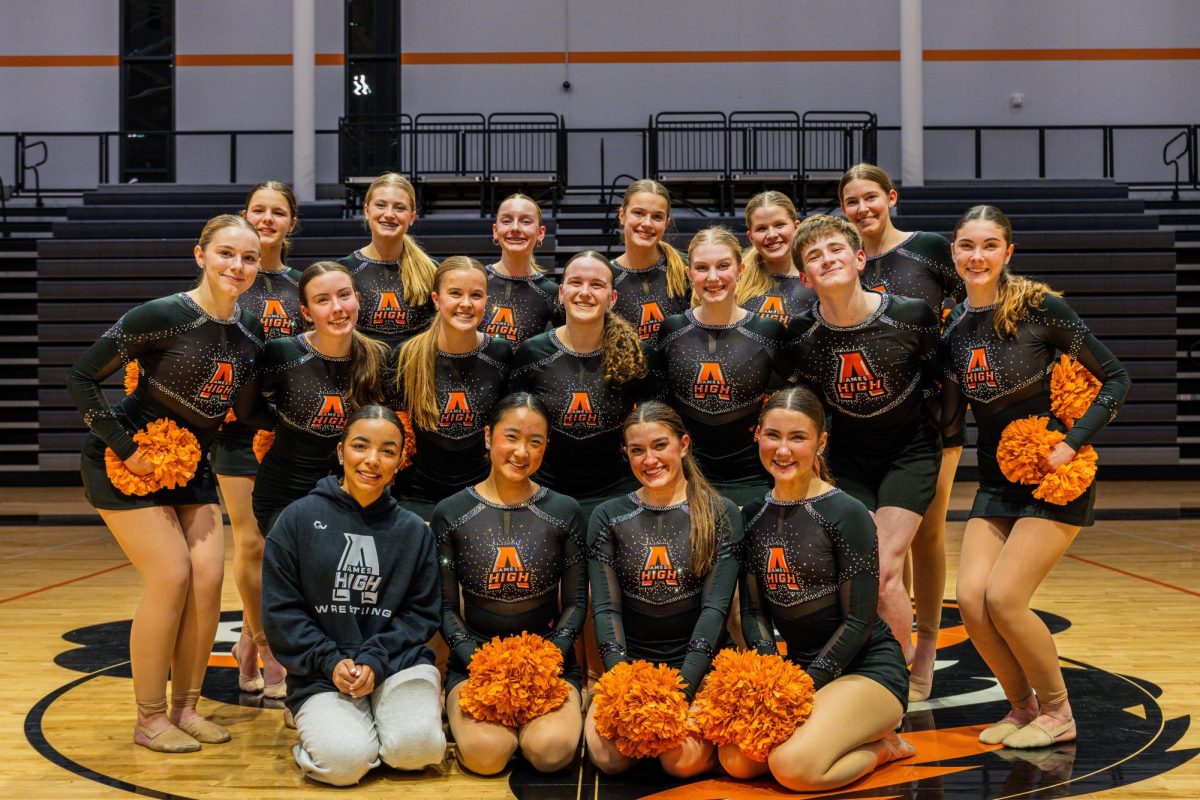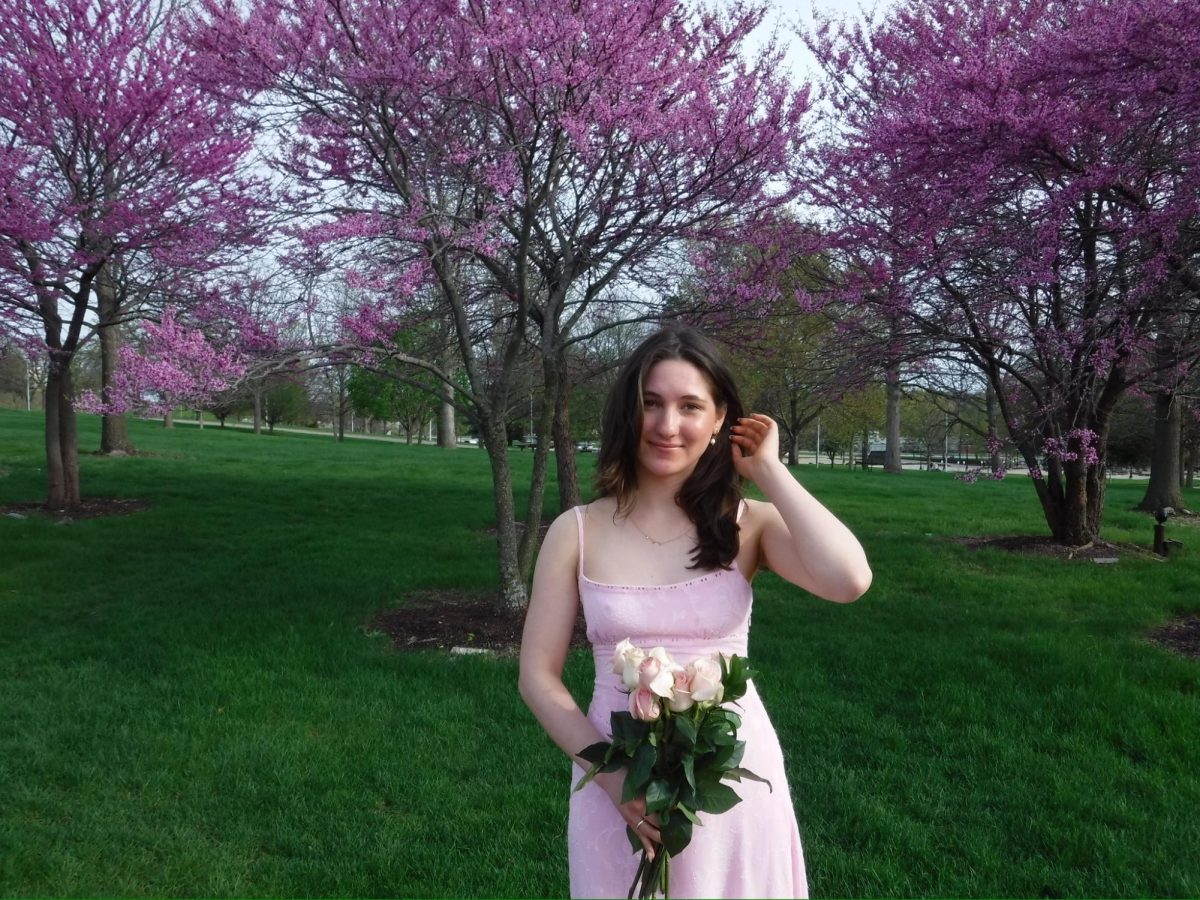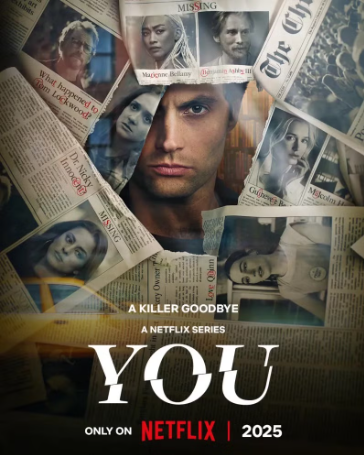In the past, studentsâ report card plusses served mainly ornamental purposes; now, they will be an integral part of their GPAs. Two years ago, Ames High teachers and administrators began to seriously consider counting plusses and minuses in studentsâ GPAs. However, they postponed the proposal, and whether or not the system would be implemented remained a question. But just as the old grading system seemed set for the semester, Ames High approved the new grading system the day before the current semester began. âThere wasnât enough time given to think about [the new grading system]. Iâm not really sure all of the staff really understood the âA+â tweak. Everything was done in a hurried manner,â said science teacher Michael Lazere. Under the new school-wide system, a plus letter grade will count a third of a point higher than a plain letter, and a minus grade will count a third of a point lower. For example, a âB+â will be worth 3.333, a âBâ worth 3.0, and a âB-â worth 2.666. According to UNI Senior Assistant Director of Admissions Daniel Schofield, before this year Ames High was one of the few Iowa high schools that did not factor plusses and minuses into studentsâ GPAs. According to the high school administration, the new system attempts to fix several perceived problems with the old system. First of all, many teachers and students thought that ten-percent differences were too rough to accurately reflect student achievement. âBefore this system, you could have an 89 percent, and another student in the same class could have 81 percent, and you guys will get the same grade,â said Ames High principal Mike McGrory. âSo we thought that out of fairness, the student with an 89 percent will get a âB+â, and the student with an 81 percent will get a âB-â.â Second, students were not motivated to get high percentages within their letter grade range. There was simply little incentive to aim for a âhighâ A, B, or C. â[The new system] would motivate students. Letâs take a final [for example]. We know students look at it and say, âHey, even if I get 100 percent. I still canât get an âAâ for the class. I can only get a âBâ, so Iâm not going to try that hard, because even if I get 35 percent, I still keep my âBâ.â But if they can get a âB+â, they may say, âIâm going to try for that,ââ said McGrory. In addition, to further encourage students and be fair to students in the âAâ range, McGrory said that âA+âs would be awarded, worth 4.333. âStudents can use the âA+â to offset a minus grade. The reason we did that was because out of fairness to the students, that if weâre giving plusses out in every other gradeâwe give âB+âs, âC+âsâwhy wouldnât we give an âA+â?â But most of all, McGrory said that as a result of the above factors, âstudents will increase their GPAs. We think that [the new system] will help [students] as far as college and so forth.â However, even with its positive changes, the new system has created some inequities for certain students. In particular, many 4.0 or near-4.0 students are protesting the change. âPeople who Iâve talked to so far donât like it,â said an anonymous 4.0 junior. âI think itâs punishing the 4.0 students.â Even though âA+âs will be awarded, it is unlikely that students will receive enough âA+âs to offset âA-âsâin several classes, an âA+â is set at 100 percent. In fact, even though all teachers are required to give âA+âs, several teachers told junior Andrew Moore that he would not get an âA+â in their classes. For students seeking to get a 4.0 GPA, without taking âA+âs into account, the new system has effectively raised the bar from around 90 percent to around 93 percent. In many AP classes, the number of âA-âs greatly exceeds the number of âAâs. In addition, there is some doubt that the administrationâs claims will come to fruition. One argument is that many students, especially those taking AP or Honors classes, are already putting in their best efforts. âI donât think [the argument for motivation] holds a lot of water,â said Lazere. âI think it might make a little differenceâ¦In a few cases, there might be students who work harder, but certainly, in the AP courses, most students work pretty hard anyway, and I donât think [the new grading system] would make a difference.â Schofield notes that for average students âthere are just as many plusses as there are minuses when grades are awarded, so in the whole scheme of things it evens out, fifty-fifty. In other words, the GPA isnât affected at all if plusses and minuses were or were not used.â âNow there could be a case where there is a student who has an excessive amount of plusses, in which case that student would be helped. On the other hand, you could have an excessive amount of minuses, and that student, for GPA purposes would be hurt,â continued Schofield. An unlikely, but possible, way to partially alleviate key problems with the new system is simply to list two GPAsâone calculated using the new system and one on the old system. âIn fact that might be worth investigating,â said Schofield. âIf both GPAs were posted, [UNI] would use the GPA that is most beneficial to the student.â Schofield said that Iowaâs Regent universities do not re-compute grades and will use the highest number listed on the transcript in their admissions formula, regardless of the high schoolâs grading scale. âBut in the end, grades are not all that important,â said Lazere. âOther than the really selective schools, and even in those cases, I canât believe a couple of âA-âs would make the difference. They look at other things. They look at SATs and ACTs; they look at your recommendations; they look at letters. âI would favor doing away with grades or just switching to a portfolio that shows the skills students have with recommendationâ¦Grades gave some meaning, but I donât think an outsider can get a lot of information about the studentâ¦such as work ethic and responsibility.â
Categories:
Editor's note
October 7, 2008
Story continues below advertisement
0
Donate to The WEB
$200
$450
Contributed
Our Goal
Your donation will support the student journalists of Ames High School, and Iowa needs student journalists. Your contribution will allow us to cover our annual website hosting costs.




